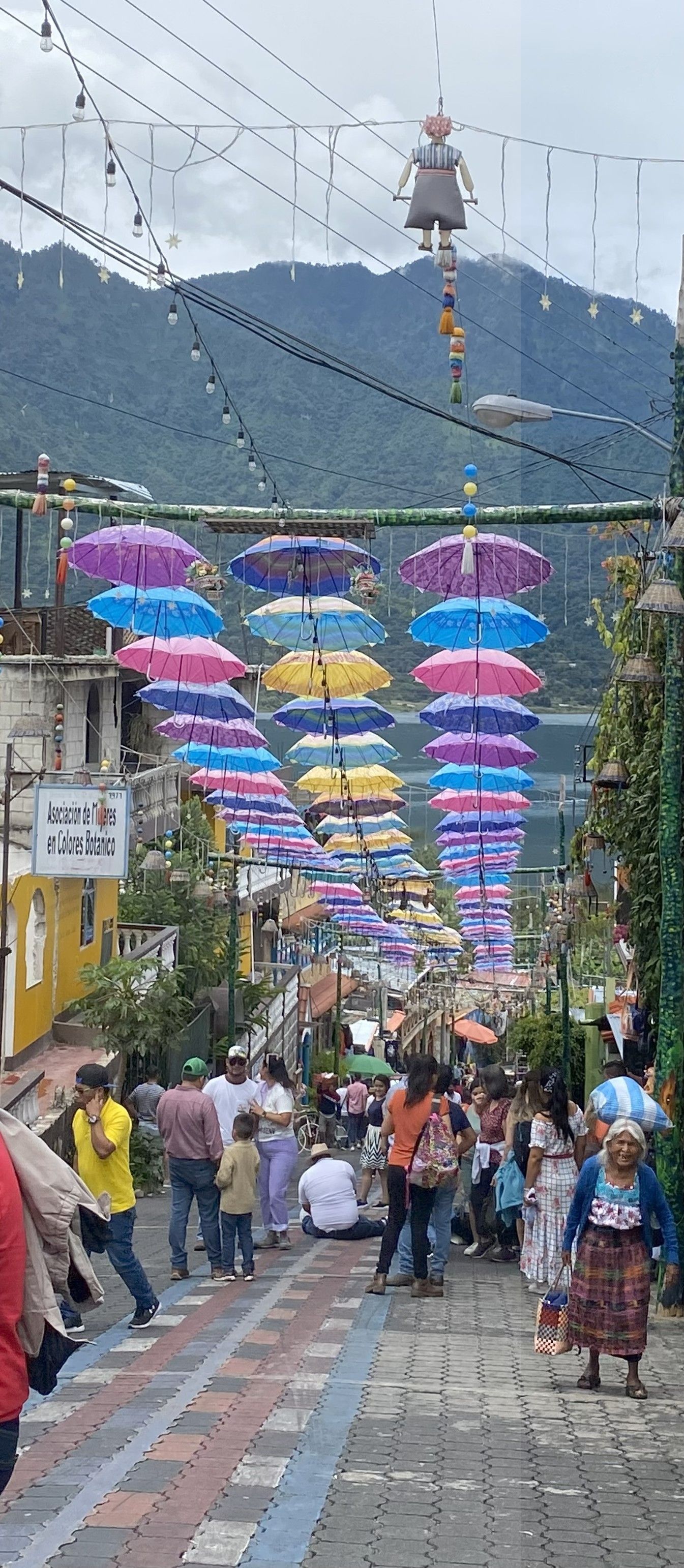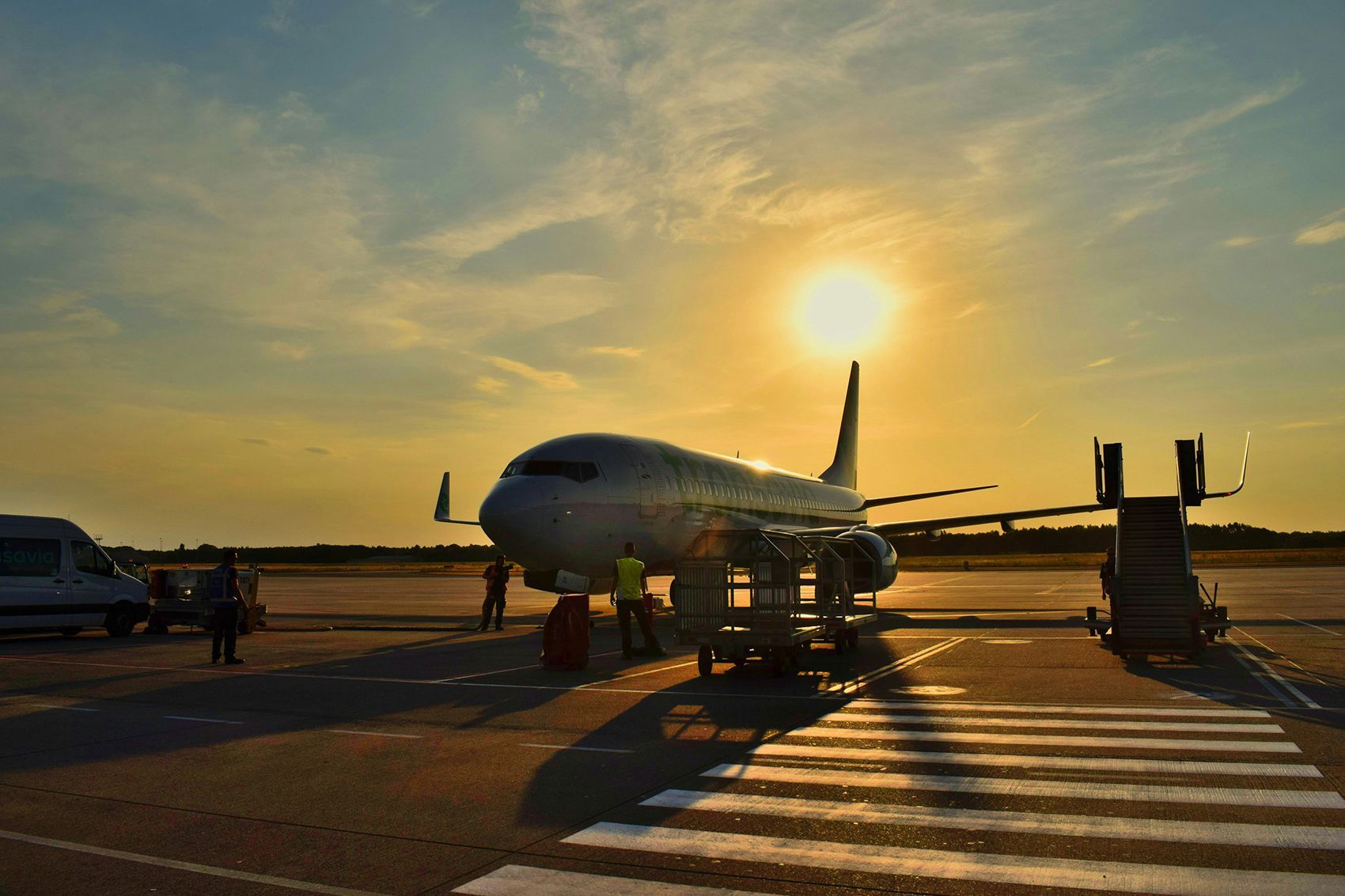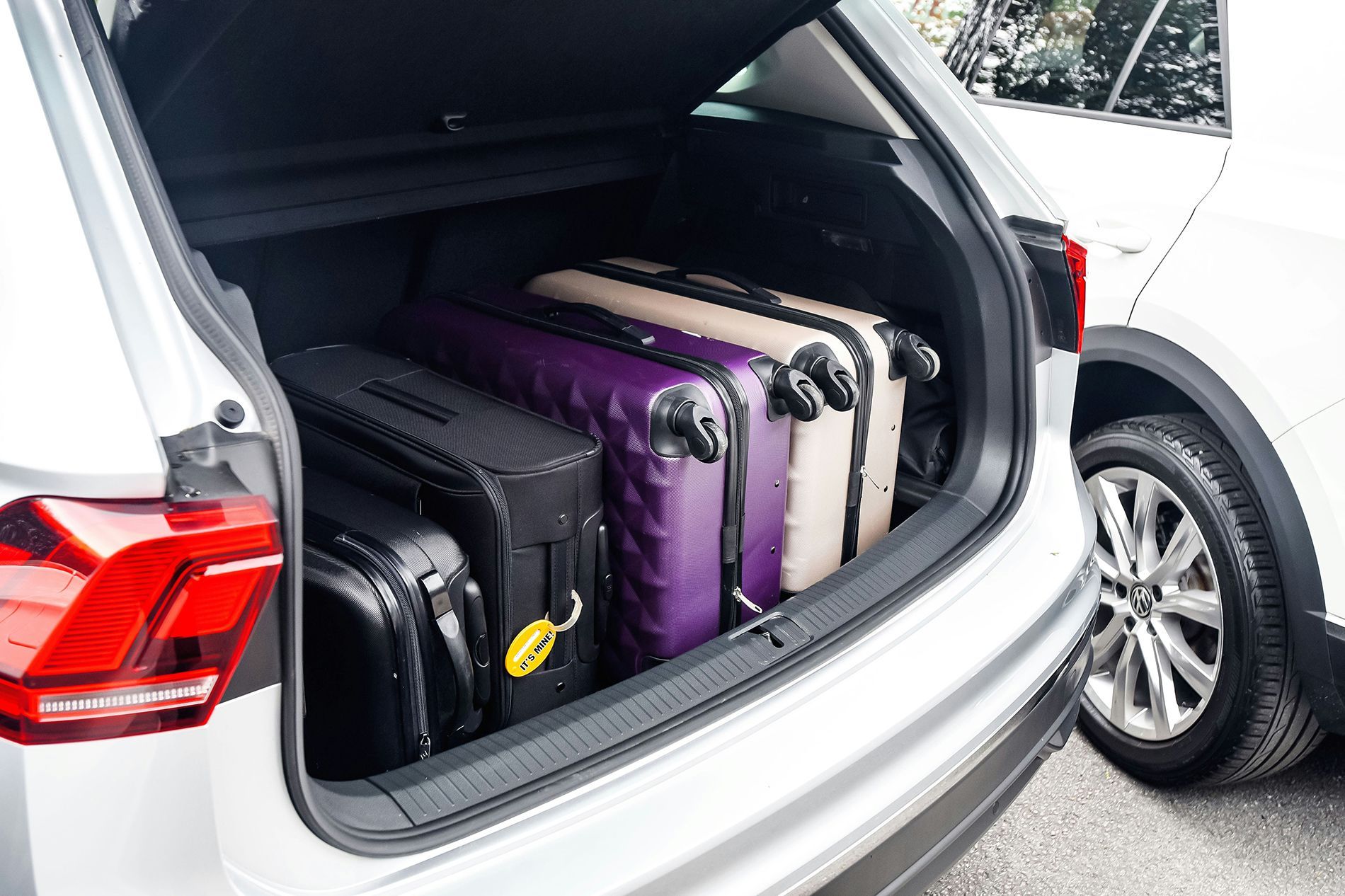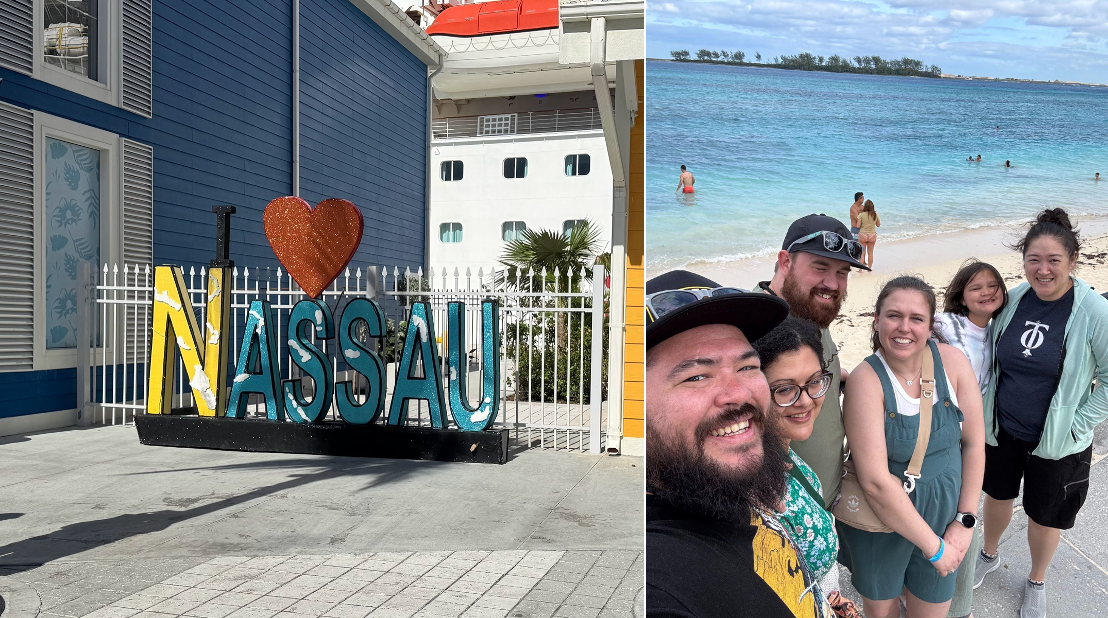Small Moments That Make a Trip Meaningful
When we think about travel, it’s easy to focus on the big things: the iconic landmarks, bucket-list destinations, and once-in-a-lifetime adventures. But often, it’s the small, unexpected moments that leave the biggest impact. These are the experiences that linger long after the bags are unpacked and the souvenirs are stored away.
As someone who cares deeply about meaningful and intentional travel, I’ve learned that it’s not just about where you go. It’s about how you engage with each moment along the way. Here are some of the smaller, quieter experiences that can transform an ordinary trip into something unforgettable.
A Genuine Connection with Locals
It might start with asking for directions or complimenting someone’s shop, and suddenly you’re in a real conversation. These small connections remind us that travel is about people. When you take the time to listen, ask questions, or simply smile, you’re creating a shared human moment. Whether it lasts two minutes or an hour, it’s the kind of connection that makes the world feel smaller and warmer.
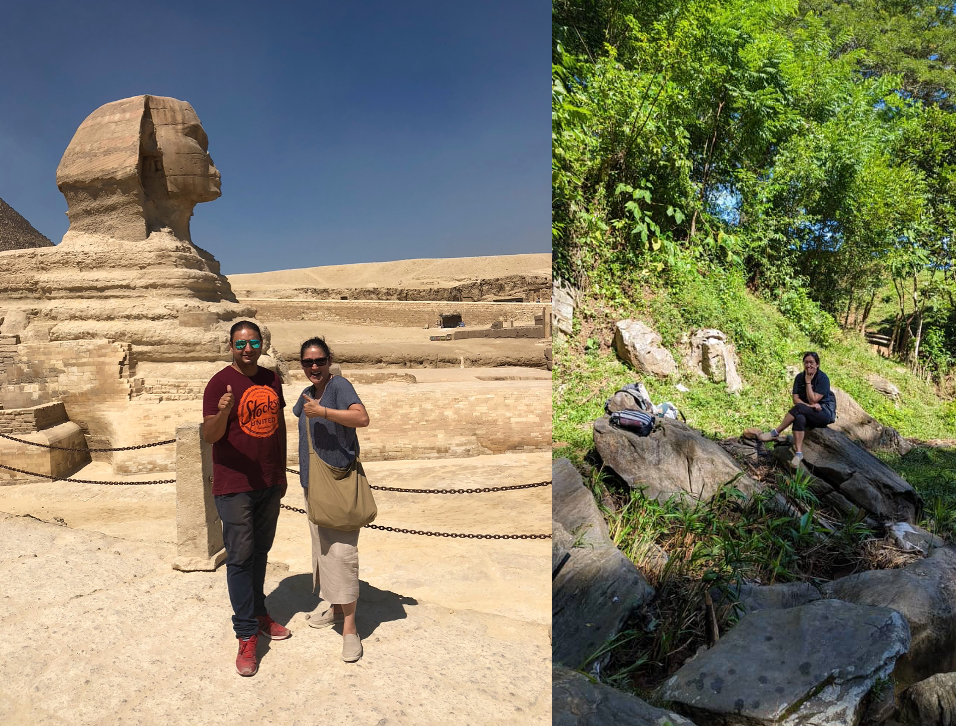
A Quiet Moment in Nature
Maybe you’re watching the sunrise from your balcony, sitting beneath a tree in a city park, or standing beside a mountain lake. Being still in nature has a way of grounding you. These moments can be a reset, giving your mind a break from planning and moving. Nature asks nothing of you but your attention, and in return, it offers perspective and peace.
A Taste of Something New
Food has a unique power to connect us to a place. When you try a dish that is new to you, you’re not just tasting ingredients—you’re experiencing tradition, history, and pride. Whether it’s street food, a fancy restaurant, or a home-cooked meal, that first bite is a window into someone else’s world. And sometimes, what you taste becomes a lasting memory you try to recreate back home.
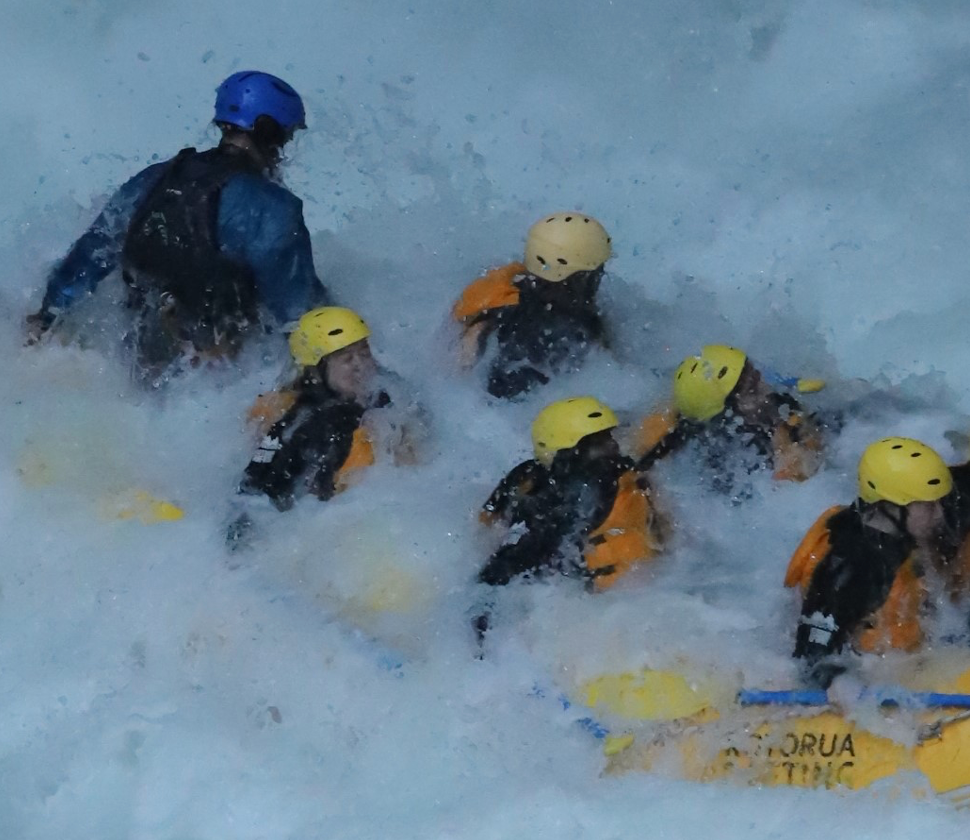
A Shared Experience with Loved Ones
Traveling with friends or family gives you a chance to experience something new together. It could be laughing over a lost-in-translation moment, exploring a hidden alley, or standing silently together in awe. These moments build connection through shared emotion. They remind you why you chose to travel together and leave you with stories that you will keep retelling for years.
A Personal Achievement
Travel gently pushes us outside our comfort zone. Booking a train in a different language, navigating unfamiliar streets, or even trying something adventurous like snorkeling or hiking a steep trail can feel like a big win. These moments may seem small from the outside, but they give you a sense of confidence and pride that you carry with you long after the trip ends.
A Moment of Reflection
When the pace slows down, travel gives us room to think. A quiet coffee shop, a long train ride, or even time alone in your hotel room can be an invitation to reflect. You might journal, think about where you are in life, or simply notice what feels different about yourself in this new place. These pauses can lead to clarity, inspiration, or just a sense of calm you didn’t realize you needed.
A Surprise Encounter
Not everything about a trip can be planned, and sometimes that’s the best part. You might stumble across a local festival, get invited into a celebration, or strike up a conversation with another traveler that turns into a friendship. These surprises feel like gifts from the road. They remind you to stay open, to wander, and to let go of the idea that you have to control every detail.

Final Thoughts
Meaningful travel is not always about doing more or going farther. It often lives in the quiet details. The sounds, the flavors, the people, the unexpected turns. The moments when you are fully present and something just clicks. Those are the ones that stay with you.
As you plan your next trip, leave space for the little things. Don’t fill every moment. Let yourself linger. Say yes to something unplanned. Watch. Listen. Pause. The beauty of travel isn’t always loud—it often whispers.
Ready to plan a trip that leaves space for meaning, not just motion? Let’s create something that feels as personal as it does inspiring.
